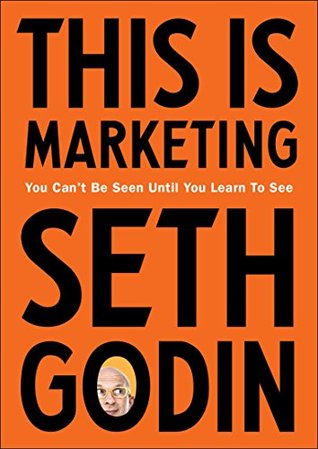I found out about Ricardo Semler from an IT blog, I don’t remember details, but the gist of it: successful Latin-American IT company follows Ricardo Semler’s approach – corporate democracy. The last bit peaked my curiosity, ultimately driving me to the book and let me say, if you never crossed the path, it is enlightening.
Every company wants to stay lean, competitive and ahead of the curve. There are multiple options to achieve it, however once a company grows, it inevitably gets fat and the ability to maneuver is diminished. Ricardo Semler addresses exactly the point – how to stay lean, agile, profitable in a competitive and turbulent environment.
“To survive in modern times, a company must have an organizational structure that accepts change as its basic premise, let’s tribal customs thrive, and fosters a power that is derived from respect, not rules. In other words, the successful companies will be the ones that put quality of life first. Do this and the rest – quality of product, productivity of workers, profits for all – will follow.“
The book is an easy read, the closest I can compare it to is “The Phoenix Project: A Novel About IT, DevOps, and Helping Your Business Win”. However Maverick is written from experience in a real company (Semco) and by a real CEO/Chairman (Ricardo Semler) – it is not a novel or a fantasy. The author has a nag for writing, I found the book entertaining to read, among other things. Described ideas, practices and methodologies that are innovative and provocative at least at a time the book was published – 1995. Not all ideas are original (but what’s new under the moon), some came from the land of rising sun, others from elsewhere, however all of them seem to be remixed and modified to fit the unique Brazilian market conditions Semco found itself in. Considering the age of the book, some of the ideas seemed to survive and flourish in fairly modern and big companies, such as Amazon and Netflix. As I was reading the book, I couldn’t help but say to myself: “oh look, Amazon does this…” or “sure sounds like Netflix’s approach”. I don’t know if those companies consciously adapted those ideas or arrived to the same ideas independently.
So it is fair to ask: is the book relevant after so many years? As I mentioned before, some modern companies already adopted some ideas, but not everything the author had to offer. There is more and the reason for more is fairly simple: the author is examining ideas, practices and methods that deal with human organizational conditions and not with any particular technical issue. Humans are slow to change and after decades of technological progress we still do business the good old way.
“The conflict between advanced technology and archaic mentality is, I believe, a major reason why the modern workplace is characterized by dissatisfaction, frustration, inflexibility, and stress. If only minds were as easy to change as machines. I’ll wager that it’s easier to invent a new generation of microchips than get a generation of middle managers to alter the routes they drive to work every day. Technology is transformed overnight; mentality takes generations to alter. Who can blame us for thinking technology will cure all that ails the workplace. It’s so much easier to acquire.”
In a nutshell:
+: Easy & fun read
+: Many great ideas, practices and methodologies
+: Based on real company and written by the CEO/Chairman
+: Great discussions and examples
+/-: Wound be great to have more details but not at the expense of abstract
=: I enjoyed the book. It contains lots of interesting, provocative and as years passed, very applicable ideas. I wish the author provided more details. Even if you have no interest in business, you might have lots of fun reading the book, at least I did.
Title: Maverick: The Success Story Behind the World’s Most Unusual Workplace
Author: Ricardo Semler
Cover:






